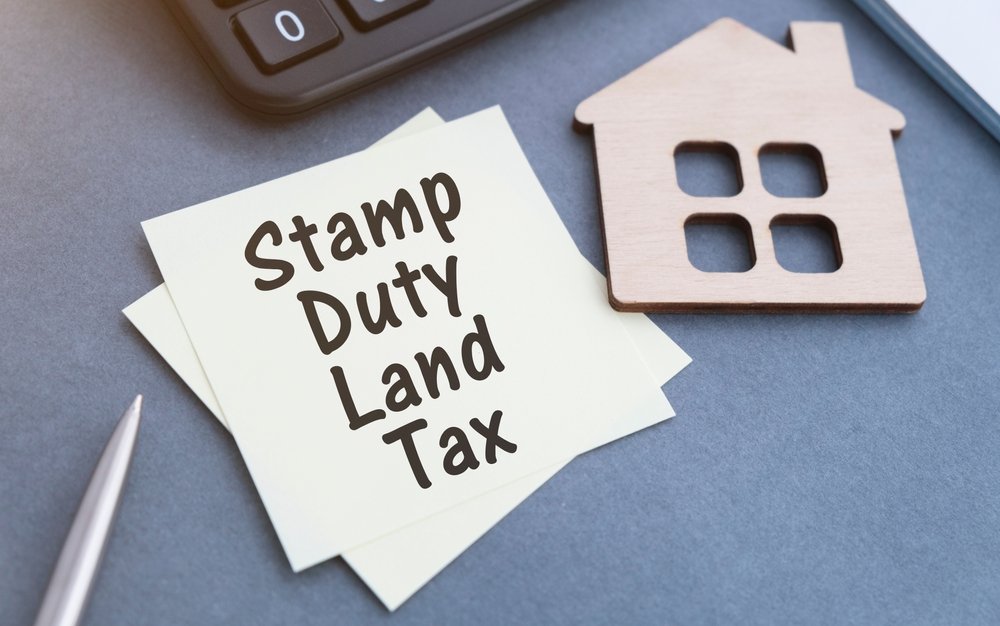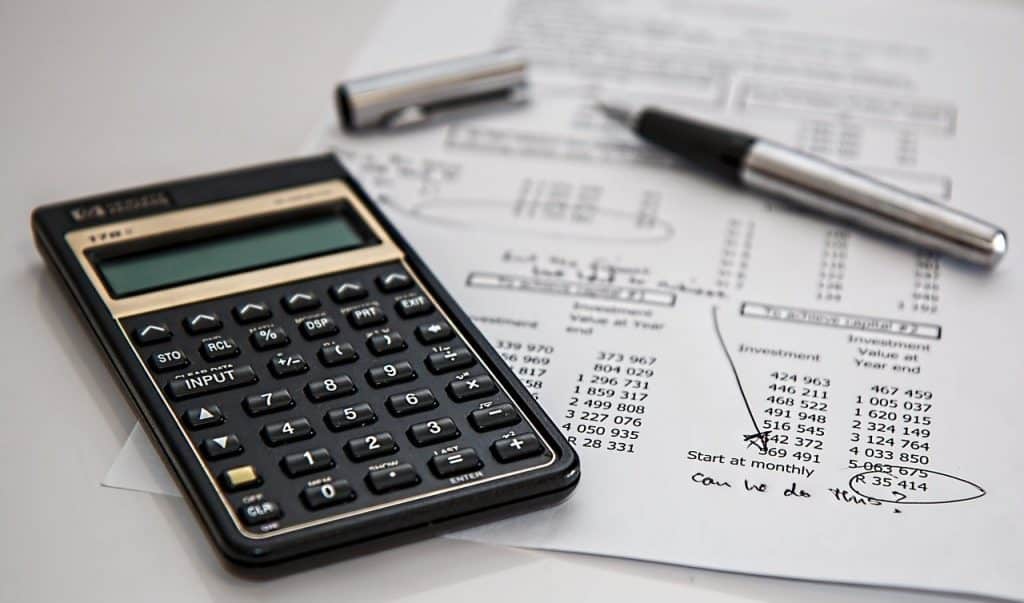Undertsanding Stamp Duty Land Tax (SDLT) in the UK
Welcome to Pearl Lemon Properties’ comprehensive guide on Stamp Duty Land Tax (SDLT) in the UK. As a leading property sourcing company in London, we are committed to helping you navigate the complexities of property transactions, including understanding and managing your stamp duty obligations. Whether you are a first-time buyer, purchasing a second home, or a non-resident investing in UK property, our detailed guide will provide you with the essential information you need.


What is Stamp Duty?
Stamp Duty Land Tax (SDLT) is a tax imposed by the UK government on the purchase of property or land. When you buy a property or land over a certain price in England and Northern Ireland, you are required to pay SDLT. The tax is calculated based on the purchase price of the property, and it applies to both freehold and leasehold properties, whether you are buying outright or with a mortgage.
SDLT was introduced to replace the old Stamp Duty system, modernizing the way property transactions are taxed. It is a crucial part of the property buying process, and the amount payable can significantly impact your overall costs. The tax is structured in progressive bands, meaning that different portions of the property price are taxed at different rates. This system ensures that higher-priced properties incur a higher tax rate, reflecting the progressive nature of SDLT.
Here are some key points about SDLT:
- Who Pays It? The buyer of the property or land is responsible for paying SDLT. The seller does not pay this tax.
- When is it Paid? SDLT must be paid within 14 days of completing the purchase transaction. Your solicitor or conveyancer usually handles this payment on your behalf.
- Why is it Important? Understanding SDLT is essential because it can add a substantial amount to the cost of your property purchase. Proper planning and budgeting for SDLT can help avoid unexpected financial strain during the buying process.
How Much is Stamp Duty?
The amount of Stamp Duty Land Tax (SDLT) you pay depends on the purchase price of the property and its location within the UK. The tax is calculated in a tiered system, where different portions of the property’s price are taxed at different rates. This progressive structure ensures that more expensive properties incur higher tax rates.
Standard Residential Property Rates
For standard residential property purchases, the SDLT rates are as follows:
- Up to £125,000: 0%
- £125,001 to £250,000: 2%
- £250,001 to £925,000: 5%
- £925,001 to £1.5 million: 10%
- Above £1.5 million: 12%
- 0% on the first £125,000
- 2% on the next £125,000 (which is £250)
- 5% on the remaining £50,000 (which is £2,500)


Stamp Duty on Second Homes and Buy-to-Let Properties
If you are purchasing an additional property, such as a second home or a buy-to-let investment, an extra 3% surcharge is added to each SDLT band. This surcharge applies to the entire purchase price, not just the portion above the threshold. The rates for additional properties are as follows:
- Up to £125,000: 3%
- £125,001 to £250,000: 5%
- £250,001 to £925,000: 8%
- £925,001 to £1.5 million: 13%
- Above £1.5 million: 15%
- 3% on the first £125,000 (which is £3,750)
- 5% on the next £125,000 (which is £6,250)
- 8% on the remaining £50,000 (which is £4,000)
Stamp Duty Relief for First-Time Buyers
First-time buyers are eligible for SDLT relief, which can significantly reduce the tax burden on their first property purchase. The relief applies to properties valued up to £500,000. The rates are:
- Up to £300,000: 0%
- £300,001 to £500,000: 5% on the portion above £300,000
For example, if a first-time buyer purchases a property for £350,000, the SDLT would be calculated as:
- 0% on the first £300,000
- 5% on the remaining £50,000 (which is £2,500)
Thus, the total SDLT for a first-time buyer purchasing a £350,000 property would be £2,500.


Stamp Duty for Non-Residents
Non-resident buyers, including those purchasing property through non-UK resident companies, are subject to an additional 2% surcharge on residential properties. This surcharge applies in addition to the standard rates and any other surcharges, such as the 3% for additional properties.
Examples
For a non-resident buying a primary residence for £400,000:
- 2% on the first £125,000: £2,500
- 4% on the next £125,000: £5,000
- 7% on the next £150,000: £10,500
- Total SDLT: £18,000
For a non-resident buying a second home for £400,000:
- 5% on the first £125,000: £6,250
- 7% on the next £125,000: £8,750
- 10% on the next £150,000: £15,000
- Total SDLT: £30,000
Understanding these rates and how they apply to your specific situation is crucial for accurate financial planning when purchasing property in the UK. Pearl Lemon Properties is here to help you navigate these complexities and ensure you are well-informed about your SDLT obligations.
Repayment of Higher Rates of Stamp Duty
If you have paid the higher rates of Stamp Duty Land Tax (SDLT) for purchasing an additional property but subsequently sell your previous main residence, you may be eligible for a refund of the additional 3% surcharge. This provision allows homeowners to reclaim the extra tax if their living situation changes within a specified timeframe.
Eligibility for Repayment
To qualify for a refund of the higher rates of SDLT, the following conditions must be met:
- Purchase of Additional Property: You must have paid the higher rates of SDLT on the purchase of a new property that was not intended to be your main residence.
- Sale of Previous Main Residence: You must sell your previous main residence within three years of buying the new property. The property sold must have been your primary home at some point during the three years prior to the purchase of the new property.
- Application for Refund: You must apply for the refund within 12 months of the sale of your previous main residence or within 12 months of the filing deadline for the SDLT return for the new property purchase, whichever is later.


How to Apply for a Refund?
Applying for a refund involves the following steps:
- Gather Required Information: Collect details about the property transactions, including the dates of purchase and sale, property addresses, SDLT reference numbers, and the amounts paid.
- Complete the SDLT Repayment Request Form: You need to fill out the SDLT Repayment Request form available on the UK government’s website. This form requires detailed information about both property transactions and confirmation that the criteria for a refund are met.
- Submit the Form: Submit the completed form along with any necessary supporting documents to HM Revenue and Customs (HMRC). This can typically be done online or by post.
- Wait for HMRC Processing: HMRC will review your application and, if approved, process the refund. The time frame for receiving the refund can vary, but HMRC aims to handle requests promptly.
By understanding the eligibility criteria and application process, you can effectively manage your SDLT obligations and reclaim any overpaid tax when circumstances change. Pearl Lemon Properties is here to assist you with any questions or concerns regarding SDLT repayments and other property-related tax matters.
How to Pay Stamp Duty?
Paying Stamp Duty Land Tax (SDLT) is a crucial step in the property buying process in the UK. Ensuring timely and accurate payment is essential to avoid penalties and interest charges. Here’s a detailed guide on how to pay Stamp Duty:
Complete the SDLT Return
- After you complete the purchase of a property, you need to file an SDLT return to HM Revenue and Customs (HMRC). This return includes detailed information about the transaction, such as the purchase price, property details, and the amount of SDLT due.
- Your solicitor or conveyancer typically handles the completion and submission of the SDLT return on your behalf as part of the conveyancing process. They will gather all the necessary information from you and ensure that the return is accurate and complete.
Calculate the SDLT Owed
- The SDLT return will include a calculation of the amount of SDLT you owe based on the property’s purchase price and any applicable surcharges or reliefs. The calculation should align with the current SDLT rates and thresholds.


Submit the SDLT Return
- The SDLT return must be submitted to HMRC within 14 days of the property transaction completion date. This submission can be done online through the HMRC website or by post. Most transactions are handled electronically for efficiency and speed.
- Ensure all the required details are correctly filled out on the SDLT return to avoid any delays or issues with processing.
Pay the SDLT
- You can pay the SDLT amount due electronically using online banking, through the HMRC online payment portal, or via BACS/CHAPS transfer. Your solicitor will typically handle this payment for you as part of their service.
- Payment must be made within 14 days of the completion of the property purchase. It’s essential to ensure the funds are available and the payment is processed on time to avoid late payment penalties.
When is Stamp Duty Not Payable?
There are specific circumstances under which Stamp Duty Land Tax (SDLT) is not payable. Understanding these exemptions can help you determine whether you are eligible for relief or exemption from this tax when purchasing property in the UK.
- Properties valued under £125,000 (for residential properties)
- Transfers of property in a divorce or dissolution of a civil partnership
- Inherited properties
- Transfers between spouses or civil partners


Stamp Duty Calculator
A Stamp Duty Calculator is an essential tool for property buyers to estimate their Stamp Duty Land Tax (SDLT) liability. This calculator helps you understand the amount of tax you will need to pay when purchasing a property, based on its price, type, and your individual circumstances. By using a Stamp Duty Calculator, you can plan your finances more effectively and avoid any unexpected costs.
To help you estimate the amount of Stamp Duty you may need to pay, you can use our Stamp Duty Calculator. This tool allows you to input the purchase price of the property and any applicable surcharges to calculate the total SDLT payable.
FAQs
No, Stamp Duty must be paid separately and cannot be included in your mortgage.
Yes, SDLT applies to leasehold properties as well as freehold properties. The calculation is based on the purchase price of the lease premium and the annual rent.
Failure to pay SDLT on time can result in penalties and interest. It is important to ensure timely payment to avoid additional charges.
There are specific SDLT reliefs available for individuals with disabilities. It is advisable to consult with a tax advisor or solicitor to understand your eligibility for these reliefs.
Yes, SDLT rates differ for residential and commercial properties. Commercial properties have different rate bands and thresholds.

